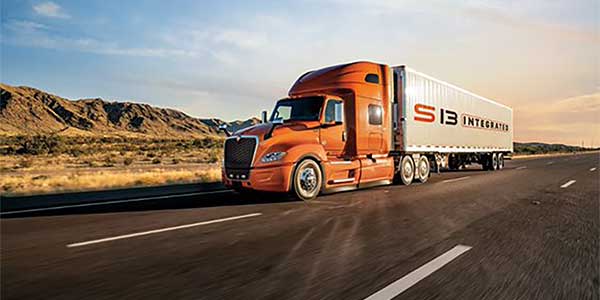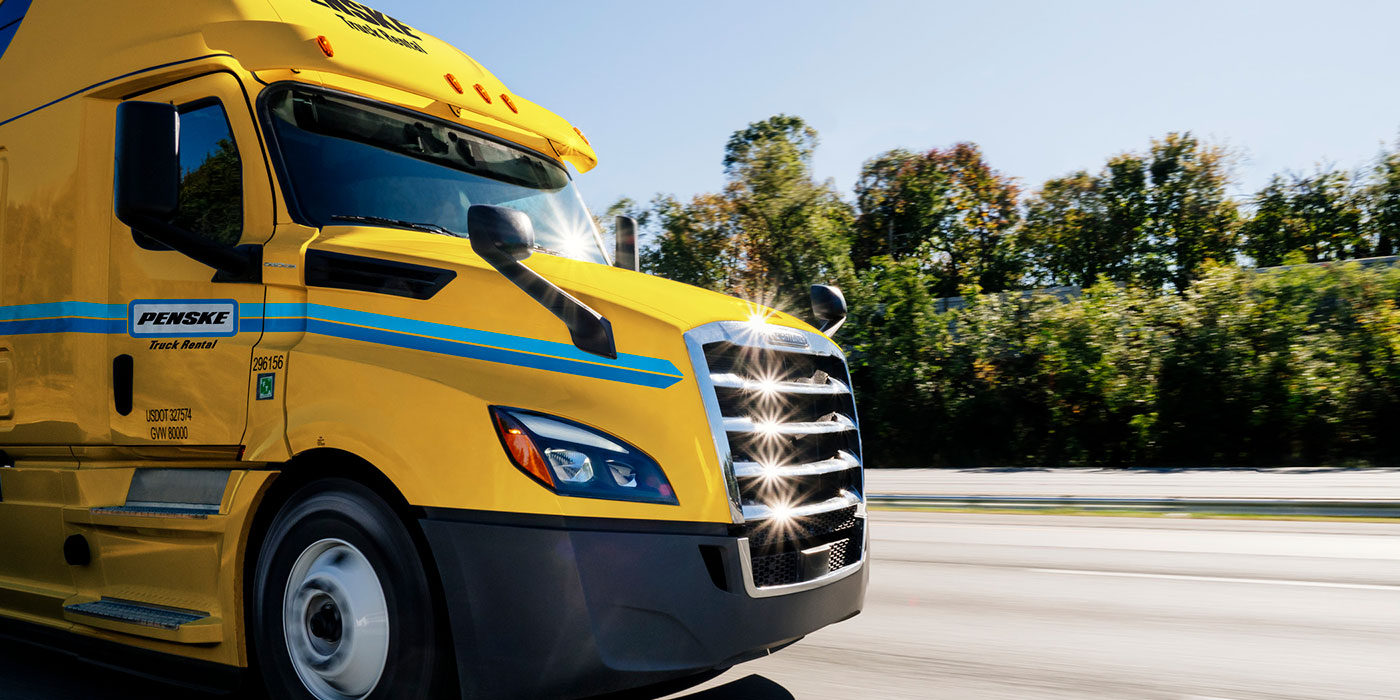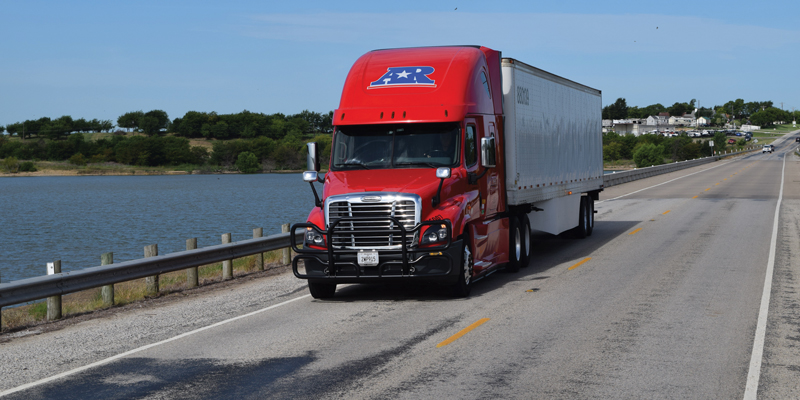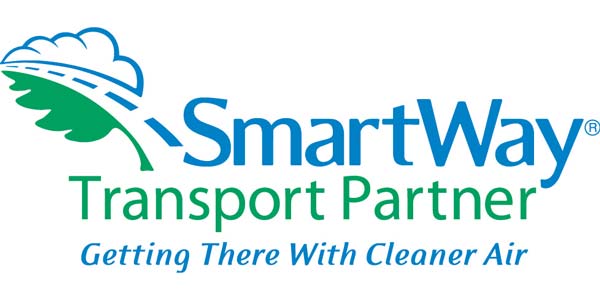Studies by the SmartWay Program have resulted in a number of strategies available to carriers that are proven to save fuel and reduce exhaust emissions. Included in these simple actions is the elimination of unnecessary engine idling, a move that will save fuel, reduce exhaust emissions, cut air pollution and save money. A typical long-haul truck that eliminates idling for hotel loads could save over 900 gallons of fuel each year. Saving this much fuel annually would effectively remove nine metric tons of carbon dioxide, reduce nitrogen oxide and particulate matter emissions, save $3,600 in fuel costs and lower engine maintenance costs.
It’s common for drivers to run their engines to stay warm or cool in their trucks while resting after long hauls, and, of course, driver comfort is essential. No one is asking drivers taking mandated rest stops to shut down engines when they are needed for heat in the winter or cooling in the summer, but it certainly would be nice if long-haul truckers had the same opportunities to use shore power as many other groups.
Alan Bates, vice president of marketing for Shorepower Technologies, recently said, “AC-power is used in all modes of transportation for engine-off idle reduction—from RVs to boats and yachts to aircraft. When they arrive at layovers, they plug in, turn off and enjoy the benefits of electricity. One day, we’ll ask, ‘Why did it take the trucking industry so long?’”
Shorepower Technologies is hoping to install electrical connections at parking places in truck stops around the country. Unfortunately, only a dozen or so Shorepower locations, mostly in major corridors in the Pacific Northwest, are currently available for fleet use. Three additional facilities, however, have recently been added to the Shorepower network, so trucks traveling through Nebraska and Iowa now have three new locations at which they can plug into inexpensive electric power instead of idling their engines.
These new locations, part of the federally-funded Shorepower Truck Electrification Project (STEP) administered by Shorepower Technologies and Cascade Sierra Solutions, are:
• Sapp Bros Travel Center, at Exit 440 on I-80, Omaha, Neb.
• Broadway Flying J, at Exit 144 on I-35, Williams, Iowa.
• Shoemaker’s Shell Travel Center, at Exit 395 on I-80, Lincoln, Neb.
Shoemaker’s has added 36 truck parking spaces with electrical connections, while Sapp Bros and Broadway Flying J each have added 24. Truck drivers need only a heavy-duty extension cord to connect their vehicles to the plug-in pedestals, assuming their trucks are configured to connect with the grid to run in-cab conveniences and comforts. This usually means a battery powered APU; STEP still has money available to provide rebates on such equipment.
“We’re very pleased with the level of participation in this program,” said David Orton, marketing manager for Cascade Sierra Solutions, which is administering the rebate program.
The 110/208v service is priced at $1 an hour, and cable TV is included at the Sapp Bros location in Omaha and will be shortly at Shoemaker’s. Sapp Bros also offers plug-ins for three-phase power (460v/230v) for trailer reefer units with electric standby capabilities, the first truck stop in the country to provide this service.
“Our goal has long been to build a true network of locations so truckers can make regular use of plug-in power on their journeys,” said Bates. “Adding these three travel centers in a crucial transportation hub like the Midwest puts us closer to that goal.” Current plans call for a total of 50 truck stops adding plug-in power pedestals yet this year.
“By providing incentives for vehicle owners to install anti-idling equipment, and by providing places on the road for truckers to connect to grid power, STEP represents a huge stride toward the day when plugging in is standard operating procedure and idling is a rarity,” Orton said.













